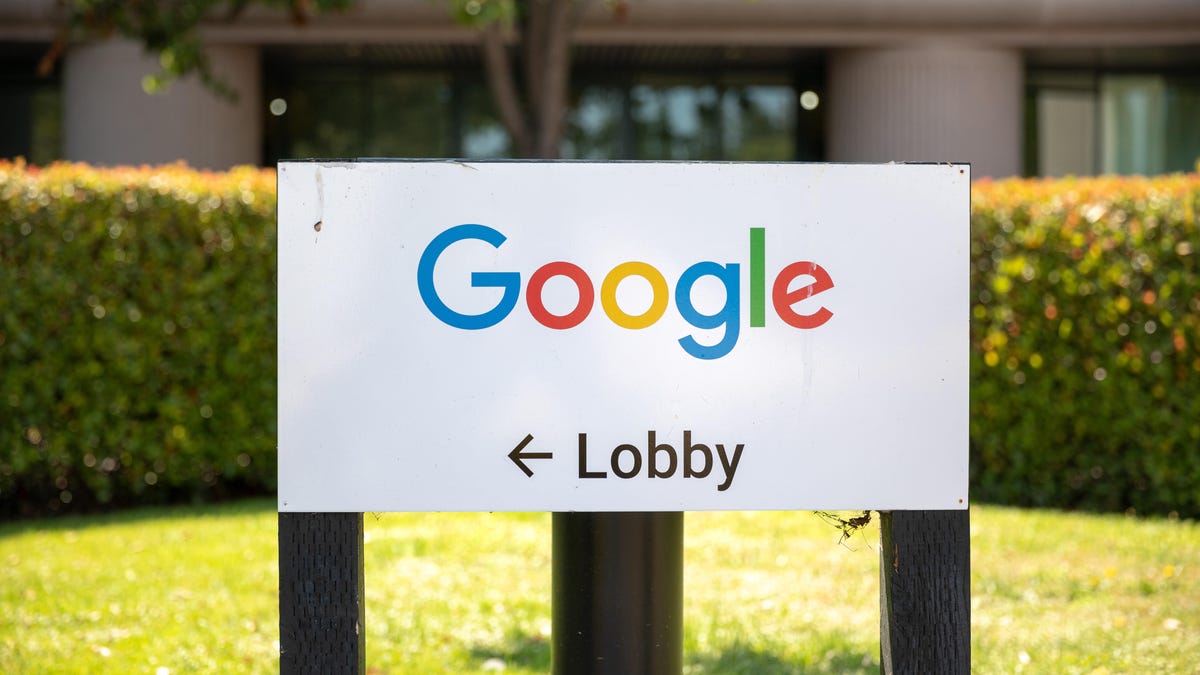Google robotics could focus on navigation, machines moving from place to place
Robots that run and jump are “crowd pleasers,” the company’s robotics chief says.

Google headquarters in Mountain View, California.
Google wants to bring more robots to the real world.
But instead of focusing on the fanciful stuff of sci-fi lore, the tech giant is focusing on simpler automated stuff. Think robotic arms sorting through specific objects, instead of something like C-3P0.
Google hasn't said much about its robotics initiatives since the company said it was rebooting its efforts last month. But on Tuesday, Vincent Vanhoucke, the division's new leader and a principal researcher at Google, shared some insight on what the company could be focusing on.
Those areas include navigation and working on better ways for robots to interact with humans, Vanhoucke said at the Articulate conference in San Francisco. And while Google has said it's been working a lot on developing robot arms, Vanhoucke noted that the company is also taking a look at robotic "locomotion," or the methods robots use to transport themselves from place to place.
"That's always a crowd pleaser to have robots that could run and jump and do tricks," he said. "It's a very good test bed for very broad classes of algorithms."
Google's robotics efforts used to be one of the most notable, if secretive, initiatives at the company. The division, called Replicant, was started in 2013 by Andy Rubin, who created the Android operating system. Under Rubin, the company snapped up several robotics startups, including Boston Dynamics, famous for its robotic creations that move in eerily realistic ways.
Rubin left Google in 2014, and many of the startups, including Boston Dynamics, were sold off. Last year, The New York Times reported that Rubin had been accused of sexual assault while at Google and was paid $90 million in his departure. The news triggered a massive demonstration at Google, in which 20,000 workers walked out of Google offices around the world to protest the company.
The new effort, called simply Robotics at Google, is focused on more basic robots. Google hopes to make its biggest breakthroughs with its machine-learning software. The search giant aims to teach the robots how to learn on their own and to do stuff they normally couldn't do before. For example, a Google robotic arm could pick up specific objects and toss them into bins, or scoop up a certain amount of beans from buckets.

